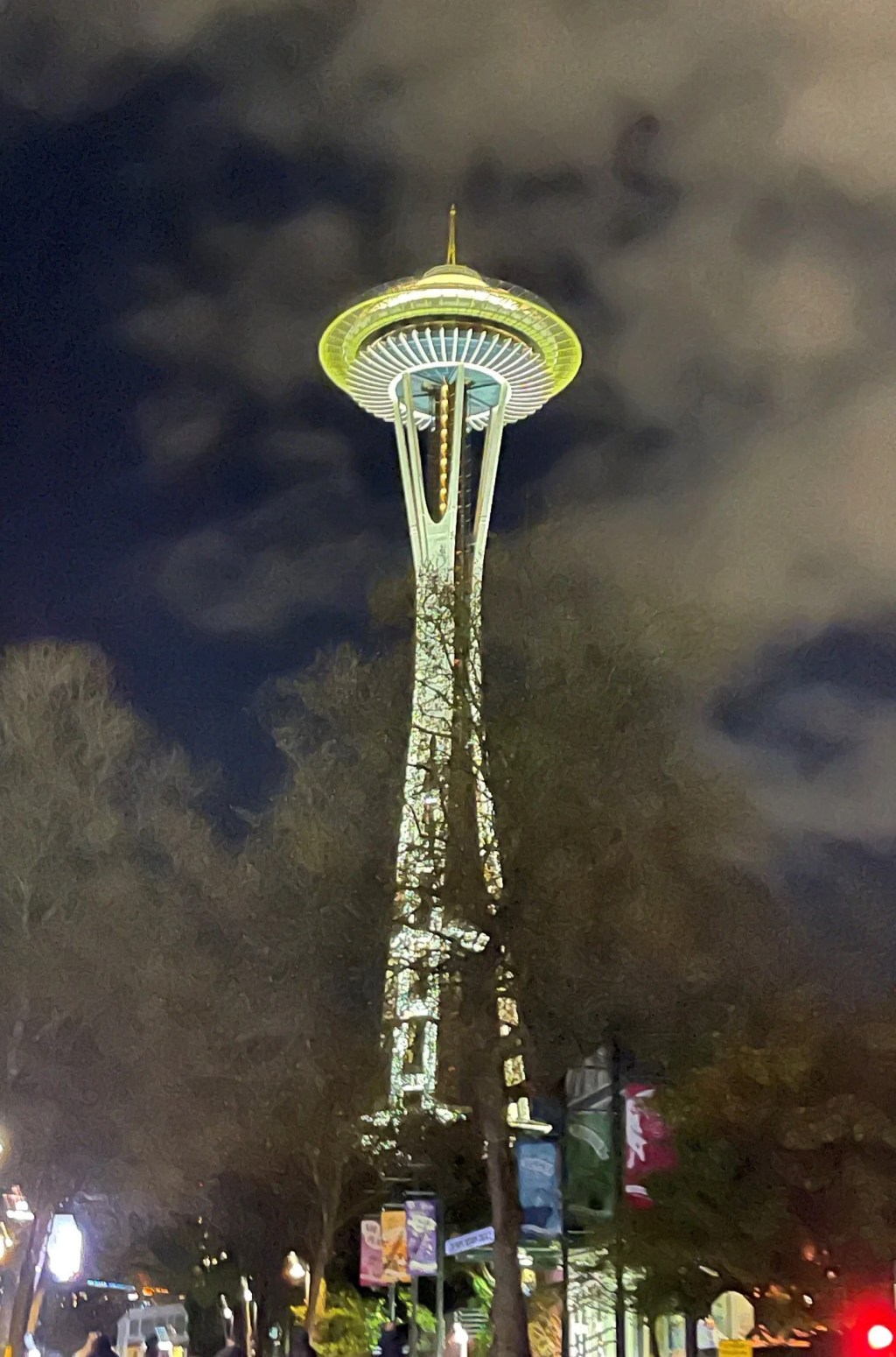Intended Use is a theory which expressly authorizes ignoring express claim limitations. Several previous posts have discussed the issue (link here). Needless to say, the demarcation between what is and is not an intended use is not always clear. Typically, the theory of intended use is used by examiners to ignore functional language in an apparatus claim. I.e., when one describes an invention by what it does rather than what it is, the examiner can ignore the use aspects of the claim if the prior art shows the same structure. A typical fact pattern would be a device that is used to open a can, where the applicant is claiming the device and its structure, as well as what the device does (open a can). An examiner can use the theory of intended use to ignore the can opening aspect of the claim and use prior art that shows only the device and its structure.
But what about method claims? Can intended use be used to ignore action limitations in a claim? Generally it would not seem so, but never say never.
Today we review a PTAB case where an examiner indeed tried to ignore aspects of a method claim under the theory of intended use. Appeal 2021-004367 Application 15/266,321. The PTAB did not reject this approach out of hand, but rather addressed the facts of the particular case. Claim 8 on appeal is reproduced in part below:
A method of operating a turboprop engine … comprising… drawing air into a core of the engine through a low pressure compressor section and then through a high pressure compressor section along a forward direction with respect to a direction of travel of the engine to provide pressurized air; generating combustion gases with the pressurized air; circulating the combustion gases along the forward direction through a high pressure turbine section and then through a low pressure turbine section to drive the turbine sections; driving the high pressure compressor and the low pressure compressor with the high pressure turbine section and the low pressure turbine section, respectively; and driving a propeller with the low pressure turbine section.
Claim 8 thus required a certain direction for drawing air into the core of the engine relative to the direction of travel. The applicant showed in the appeal brief how the cited art was essentially drawing air in the opposite direction relative to the direction of travel.

The PTAB’s decision disagreed:
This position is untenable because claim 8 is directed to “[a] method of operating a turboprop engine,” and the step of drawing air “along a forward direction with respect to a direction of travel of the engine” is a positive recitation; this step cannot be performed without drawing air along a forward direction with respect to a direction of travel of the engine.
While examiners may apply intended use to method claim elements, the PTAB decision above provides a useful way to think about the issue – can the step be performed if you ignore the alleged intended use aspect? Whether an examiner will follow this line of thinking without an appeal, one cannot say. But, before the PTAB at least, when an examiner tries to ignore features of a method as intended use, if the applicant can show that the step cannot be performed without the ignored features, intended use should not apply.

Leave a comment